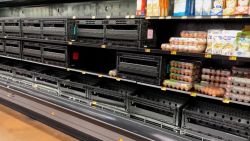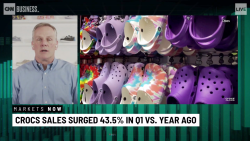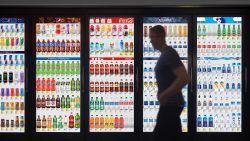Just after Thanksgiving, Carmen Allen became alarmed by the jump in prices and shortages of food products at her local grocery stores.
“Cake mix,” Allen says. “I was worried I wouldn’t find enough of it to give out in our food baskets.”
Allen serves as president and executive director of Beyond the Sanctuary, a nonprofit based in Rochester, New York that provides meals, clothing, job readiness support and other assistance to individuals and families in need.
For the Thanksgiving baskets, she bought 150 cake mix boxes for 99 cents each. Just days later, she went on another grocery run to stock up on more cake mix for Christmas baskets and things had already changed.
“The price per box had jumped to $1.49 and stores had set limits on how many I could buy,” said Allen. “If I hadn’t driven all over town to get more cake mix, we wouldn’t have been able to include it. Cake mix isn’t a necessity. It’s just something nice to be able to give to people in need so they don’t feel left out, especially during Christmas.”
Surging prices and short supplies
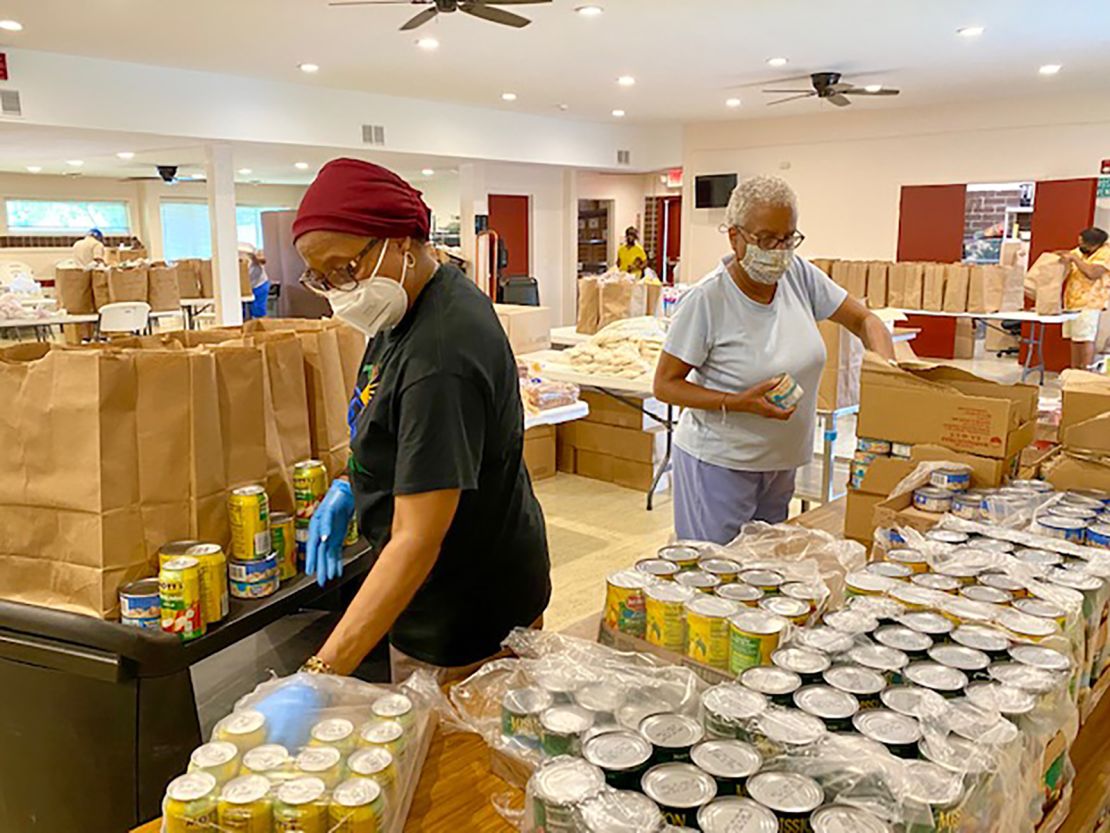
Higher grocery prices have hurt consumers, but many Americans are also struggling to fill their shopping baskets with weekly staples like milk, eggs and packaged foods as pandemic-triggered labor shortages and other supply chain problems prevent stores from restocking quickly and efficiently.
That’s at the grocery store level. For food pantries and food banks like the one Allen runs, the problem becomes even more consequential because they rely heavily on subsidized bulk food purchases and food donations from stores and other providers to build adequate supply to meet the needs of the community.
An industrywide supply crunch means the volume of donated supplies also dips.
“It will significantly impact our ability to provide healthy food to people who need the assistance right now. And there are many,” said Allen.
Between Thanksgiving and Christmas of 2021, Beyond the Sanctuary gave out 1,061 food baskets. That’s just one snapshot of the local need for food assistance in Allen’s community. The pandemic, she said, has amplified the need to a much greater extent.
Hunger in America

Feeding America, which operates 200 food banks across the country, estimates that as many as 42 million Americans (1 in 8), including 13 million children (1 in 6), may have experienced food insecurity in 2021.
That compares to 35 million people, including 11 million children in 2019 when the overall food insecurity rate was the lowest it had been in more than twenty years, according to the non-profit.
There’s a risk that as food becomes more expensive and harder to stock up, hunger in America will worsen and will disproportionately impact low-income families more because of inequities in the system, said Nancy Roman, president and CEO of the Partnership for a Healthier America (PHA).
PHA is a nationwide nonprofit that works with organizations across the supply chain — food producers, manufacturers, distributors and retailers — to help improve access to high-quality, healthy foods in food-scarce neighborhoods.”
“Right now, low-income Black and Brown individuals have higher rates of diabetes, higher rates of Covid cases and deaths,” said Roman. “Low-income communities often have fewer grocery stores and supermarkets. Any time there is an increase in prices, it makes access to healthier food more difficult. Lack of access to healthy food prevents from building good health.”
Getting help
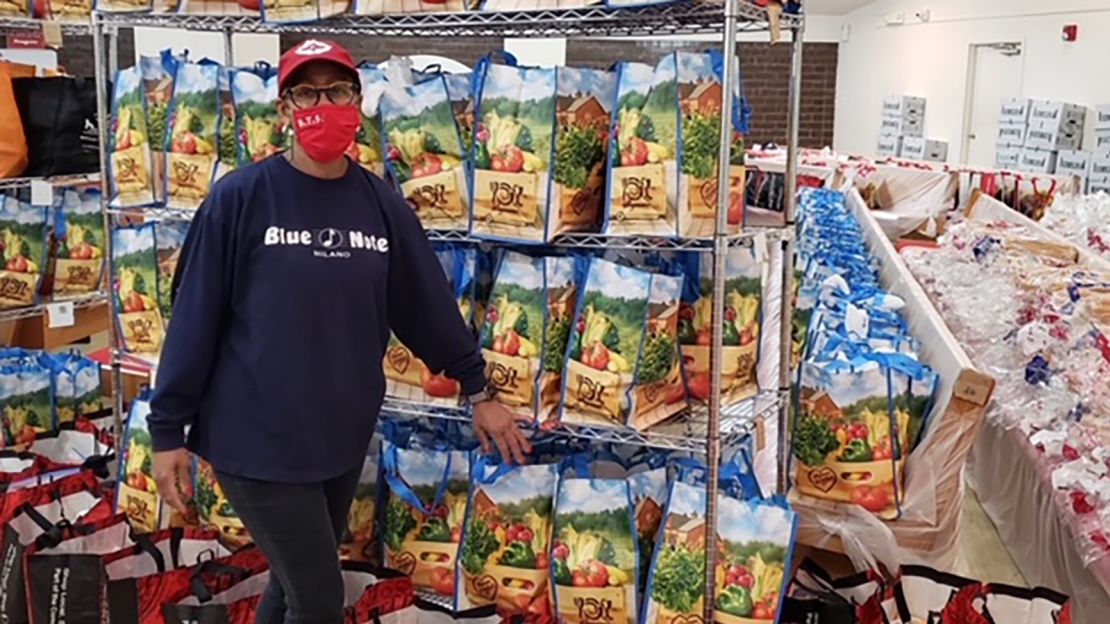
As may as 3,000 families in and around Rochester regularly rely on assistance from Beyond The Sanctuary.
“Some only come to us occasionally. Others come weekly,” said Allen. “It could be a single person to over 8 family members.”
She’s seen an enormous jump in recent years — particularly since 2020 — in the total number of food bags that have been distributed. That number totaled 2,201 in 2019, surged to 6,391 in 2020 and to 9,396 in 2021.
Monroe County in Rochester, where Beyond the Sanctuary operates out of a nearly 200-year-old historic African-American church that was part of the Underground Railroad, has one of the state’s highest levels of food insecurity.
Even as the most recent Census Bureau data shows overall poverty, rates — including child poverty — have declined in Rochester, it still ranks third among the top 10 poorest cities among the top 75 US metropolitan areas. “We’re a food pantry in an area that also has one of the highest child poverty rates in the country,” said Allen.
President Biden said his $1.9 trillion American Rescue Plan, signed into law last March, aims to cut child poverty by more than half by providing enhanced child tax credits for one year to families with certain income thresholds. Researchers at Columbia University’s Center on Poverty and Social Policy estimate the effort could help reduce overall child poverty in America by 45%.
The first two child tax credit payments lifted 3.5 million kids out of poverty, according to estimates by the Center on Poverty and Social Policy. The child poverty rate was 11.5% in August, but it would have been 16.2% without the enhanced credits.
The initial payments prompted a 25% decline in food insufficiency among low-income families with children. But other reports estimated that some 75% of low-income families used the additional funds to pay bills and about 14% reported using the money for school supplies.
Among her community, however, Allen said the need for food has gotten greater during the pandemic: “So many people have lost jobs or their work isn’t paying enough to cover the cost of food for their families. It’s put a lot of pressure on us.”
Allen thinks about a young man working at a local car dealership whose hours were cut and and is now struggling to support himself.
“He was reluctant at first to come to us. This isn’t about feeling bad about coming to us,” said Allen. “It’s about being smart and maximizing the resources around you when you need them.”
– CNN’s Tami Luhby contributed to this story.


